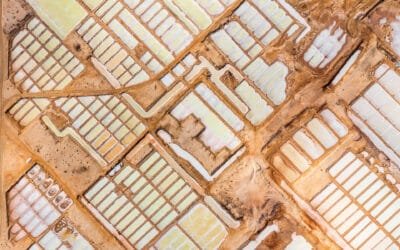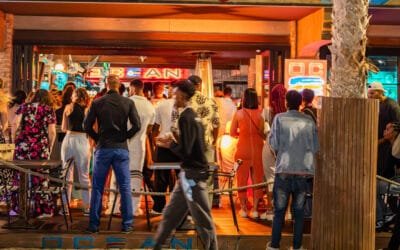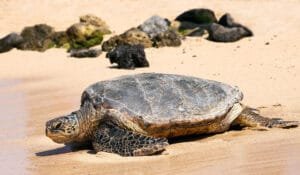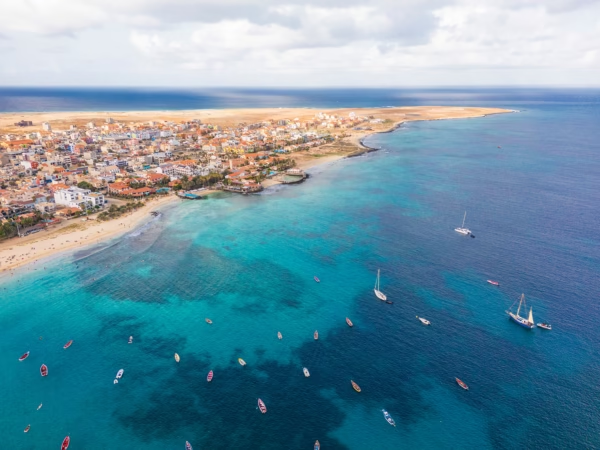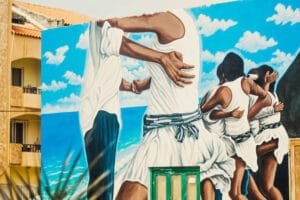Where to Stay on Sal? The Best Options with Prices
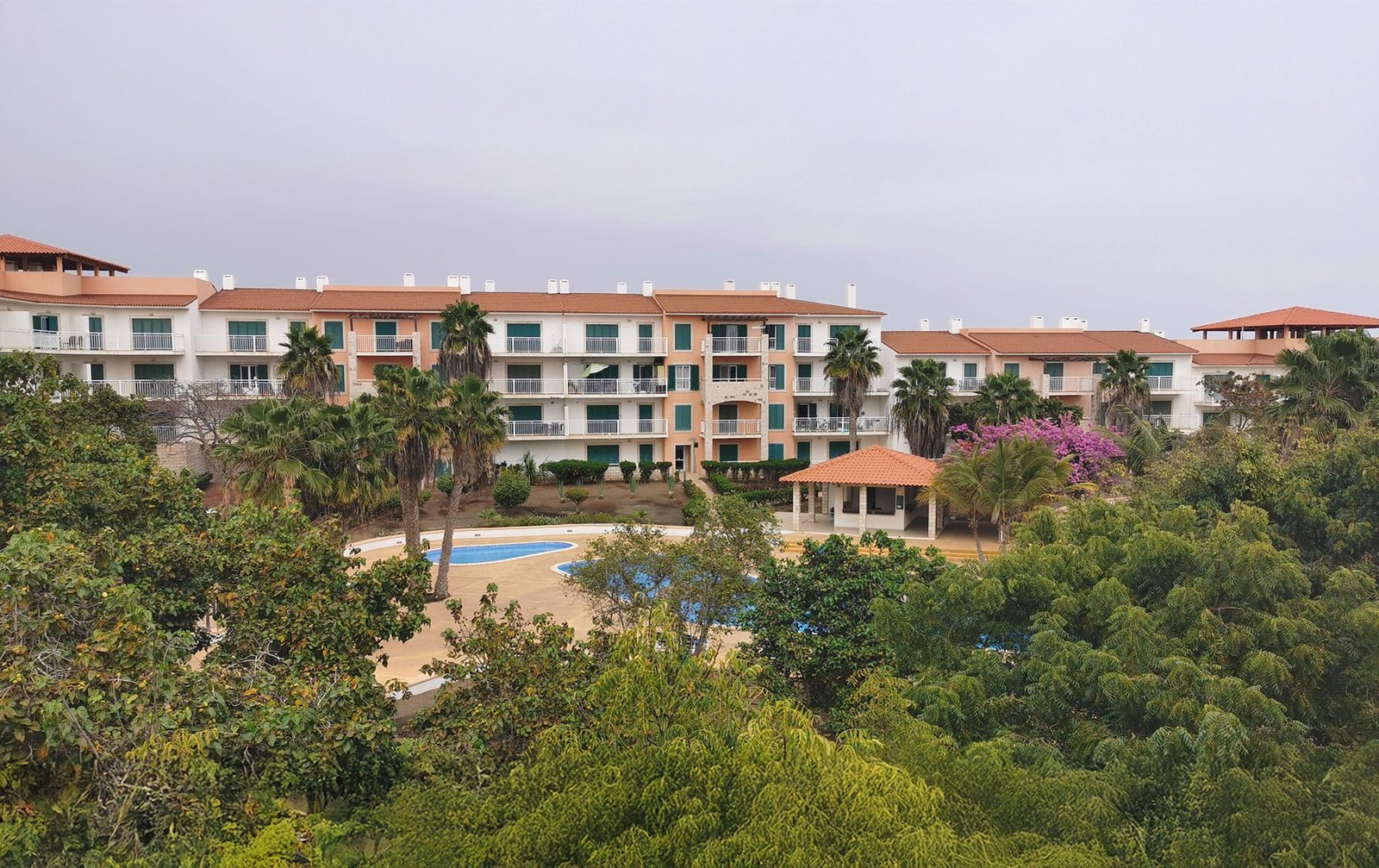
Where to stay on Sal Island? The question presents itself immediately upon arrival at Amílcar Cabral International Airport. This easternmost island of Cape Verde, shaped by wind and salt, offers surprisingly diverse accommodation options across its compact 216 square kilometres. From the bustling town of Santa Maria, through the calm and quiet Vila Verde, to the island’s capital — Espargos; each area presents a different set of advantages for various types of travellers. “Where to stay on Sal” is a question worth considering before booking a place — a good choice will spare nerves and later changes.
Understanding Sal’s Geography and Accommodation Zones
Sal Island’s accommodation landscape divides into four primary zones, each with its character and practical considerations. The distribution of lodging options reflects the island’s tourism evolution over the past two decades, with development concentrated in specific areas while leaving much of the island’s lunar-like interior untouched.
Santa Maria: The Tourism Epicentre
Santa Maria, located on the island’s southern tip, houses approximately 80% of Sal’s accommodation options. This former fishing village has transformed into Cape Verde’s primary tourist destination, stretching along a 4-kilometre crescent of white sand beach. The town divides roughly into three accommodation sectors:
The Beachfront Zone extends from the pier westward, dominated by large all-inclusive resorts. Hotels like the Riu Palace Santa Maria (€250-400 per night) and Melia Tortuga Beach (€180-300 per night) offer direct beach access and comprehensive amenities. These properties cater primarily to package tourists (but not only), with facilities including multiple restaurants, pools, and entertainment programs.
The Town Centre offers a more authentic Cape Verdean experience. Small hotels and guesthouses populate the grid of sandy streets behind the beach. Establishments like Hotel Morabeza (€70-150 per night) and Hotel Dunas de Sal (€60-120 per night) provide comfortable accommodation with easier access to local restaurants and nightlife. Digital nomads and longer-term visitors often prefer this area for its walkability and community feel.
The Eastern Expansion represents Santa Maria’s newer development, with apartment complexes and vacation rentals spreading toward Ponta Preta beach. Monthly rentals in this area range from €300 to €800, making it very popular among remote workers. The neighbourhood offers more spacious accommodations and kitchens, though it requires a 15-20 minute walk to reach the town centre.
Murdeira: The Quiet Retreat
Murdeira Bay, on the island’s west coast, represents a middle ground between tourism and tranquillity. The bay’s protected waters and small beach create a microclimate distinct from Sal’s windswept eastern shores. The Murdeira Village Resort (€70-120 per night) dominates accommodation here, offering apartment-style units with kitchens.
This area suits visitors seeking relaxation away from Santa Maria’s energy. The resort provides twice-daily shuttle service to Santa Maria, addressing the isolation that might otherwise deter guests. The bay’s calm waters make it one of Sal’s few suitable snorkelling locations, and the surrounding residential development includes private villas available for weekly or monthly rental (€500-1500 per month). When choosing where to stay on Sal for the first time, most people choose Santa Maria because it hosts most of the group tours and offers the most accommodation options.
The trade-offs include limited dining options — the resort’s restaurant essentially monopolises evening meals —and minimal nightlife. Everything closes by 10 PM, creating an atmosphere more suited to families and older travellers than young adults seeking entertainment.
Vila Verde: The Self-Catering Haven
Vila Verde, positioned between Santa Maria and Ponta Preta beach, represents a distinct accommodation zone that has evolved to serve independent travellers and sports enthusiasts. This purpose-built resort community, located approximately 2 kilometres northeast of Santa Maria town centre, has hundreds of apartments ranging from studios to three-bedroom villas, all designed in a colonial architectural style.
The development’s main appeal lies in its self-catering facilities and strategic location. Apartments here typically cost €40-80 per night for short stays. The prices drop to €400-700 monthly for longer rentals. The Água Hotels Sal Vila Verde dominates the area, offering both self-catering and all-inclusive options, providing flexibility rarely found elsewhere on the island. Each unit includes fully equipped kitchens with washing machines, making Vila Verde particularly attractive to families and extended-stay visitors.
The location, just 300-500 meters from Ponta Preta beach, puts residents within walking distance of one of Sal’s premier kitesurfing spots. This proximity has made Vila Verde a de facto headquarters for water sports enthusiasts who prefer preparing their meals and maintaining flexible schedules. The resort provides free shuttle service to both Santa Maria town and the beaches, addressing the isolation that might otherwise discourage guests without rental cars.
However, Vila Verde’s position outside Santa Maria’s central tourist zone creates a different atmosphere — quieter and more residential, but requiring planning for evening entertainment. The on-site restaurant and bars close early, and the walk to Santa Maria takes 25-30 minutes along a road without sidewalks, making evening taxis (€5) almost mandatory for those seeking nightlife.
Espargos: The Island’s Capital
Espargos, Sal’s capital, stands in the centre of the island, approximately 17 kilometres from Santa Maria. While lacking beaches, it offers authentic local life and significantly lower prices. Accommodation here costs 30-50% less than Santa Maria, with basic apartments available for €20-40 per night or €200-400 monthly.
The city serves as a practical base for those prioritising work over beach access. Its proximity to the airport (3 kilometres) makes it convenient for frequent inter-island travel. The larger Fragata supermarket provides better shopping than Santa Maria’s tourist-oriented stores, and the municipal market offers fresh produce at local prices.
However, Espargos presents challenges for tourists. The 20-minute taxi ride to Santa Maria costs approximately €10 each way, and the city lacks the restaurants and entertainment options found in the coastal resort. Most visitors use Espargos only for airport proximity or as a budget alternative during peak season.
Palmeira
Palmeira, Sal’s port town on the northwest coast, offers limited but interesting accommodation options. This working port maintains an authentic atmosphere largely untouched by mass tourism. A handful of guesthouses provide basic rooms (€25-50 per night), primarily serving budget travellers and those interested in Sal’s maritime culture.
The town’s advantages include proximity to several natural attractions, such as Buracona’s blue eye and the Terra Boa desert mirage, which are easily accessible. However, the lack of sandy beaches, lovely but limited restaurant options, and distance from other services make Palmeira suitable only for adventurous travellers or those specifically interested in the port’s character.
Where to Stay on Sal:
Considering Accommodation Types and Pricing Structures
Sal’s accommodation market reflects its position as Cape Verde’s most developed tourist island, with prices varying dramatically by season, location, and type.
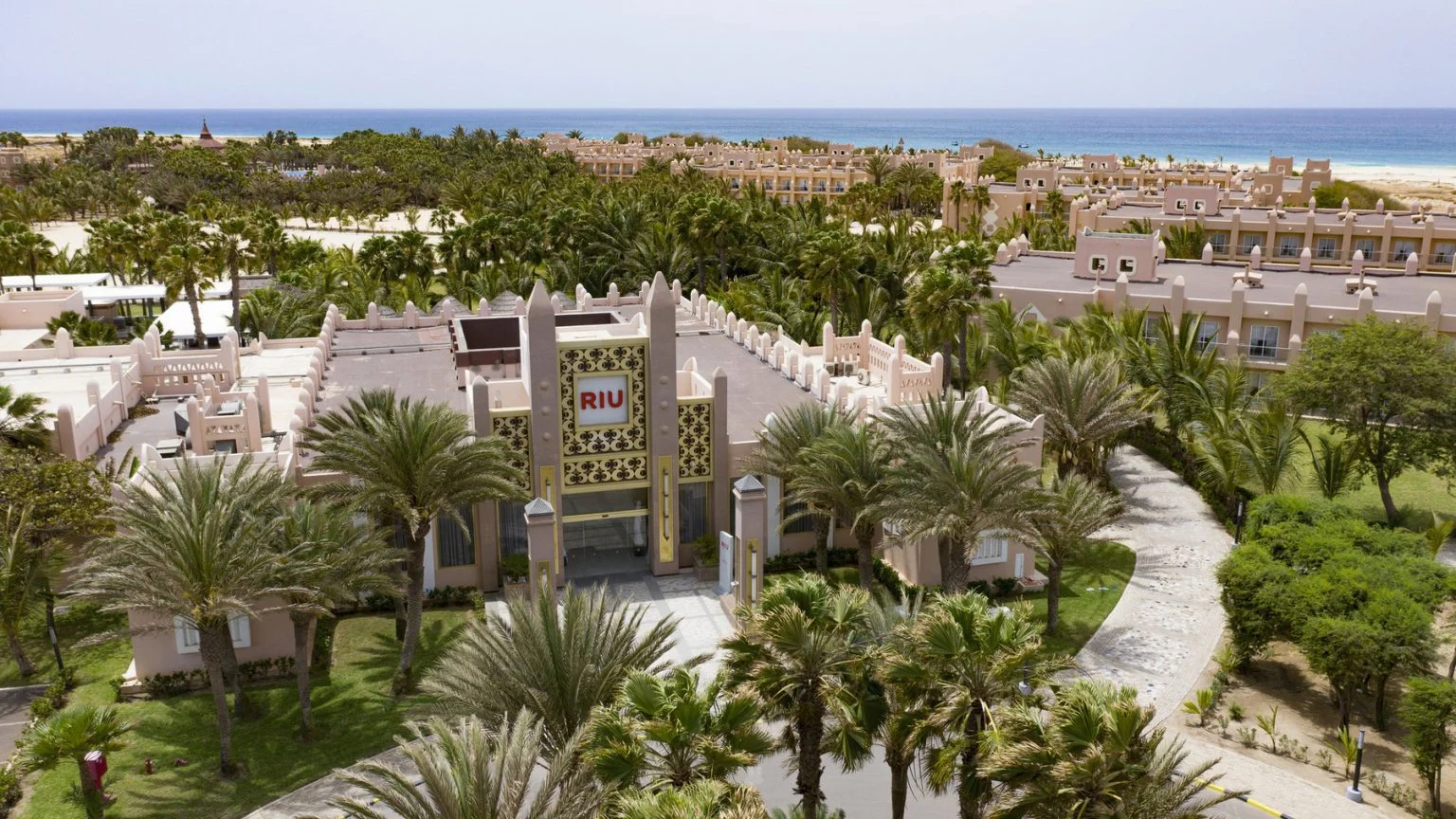
All-Inclusive Resorts
The all-inclusive model dominates Sal’s large hotels, particularly those catering to European package tourists. Properties like Riu Funana and Riu Cabo Verde (adults-only) charge €150-350 per person per night, including meals, drinks, and entertainment. These rates typically drop 30-40% during the May-October low season.
The all-inclusive approach makes sense given Santa Maria’s restaurant prices, which approach European levels. However, it isolates guests from local culture and limits the economic benefits to the broader community. Travellers interested in experiencing Cape Verdean life should consider alternatives.
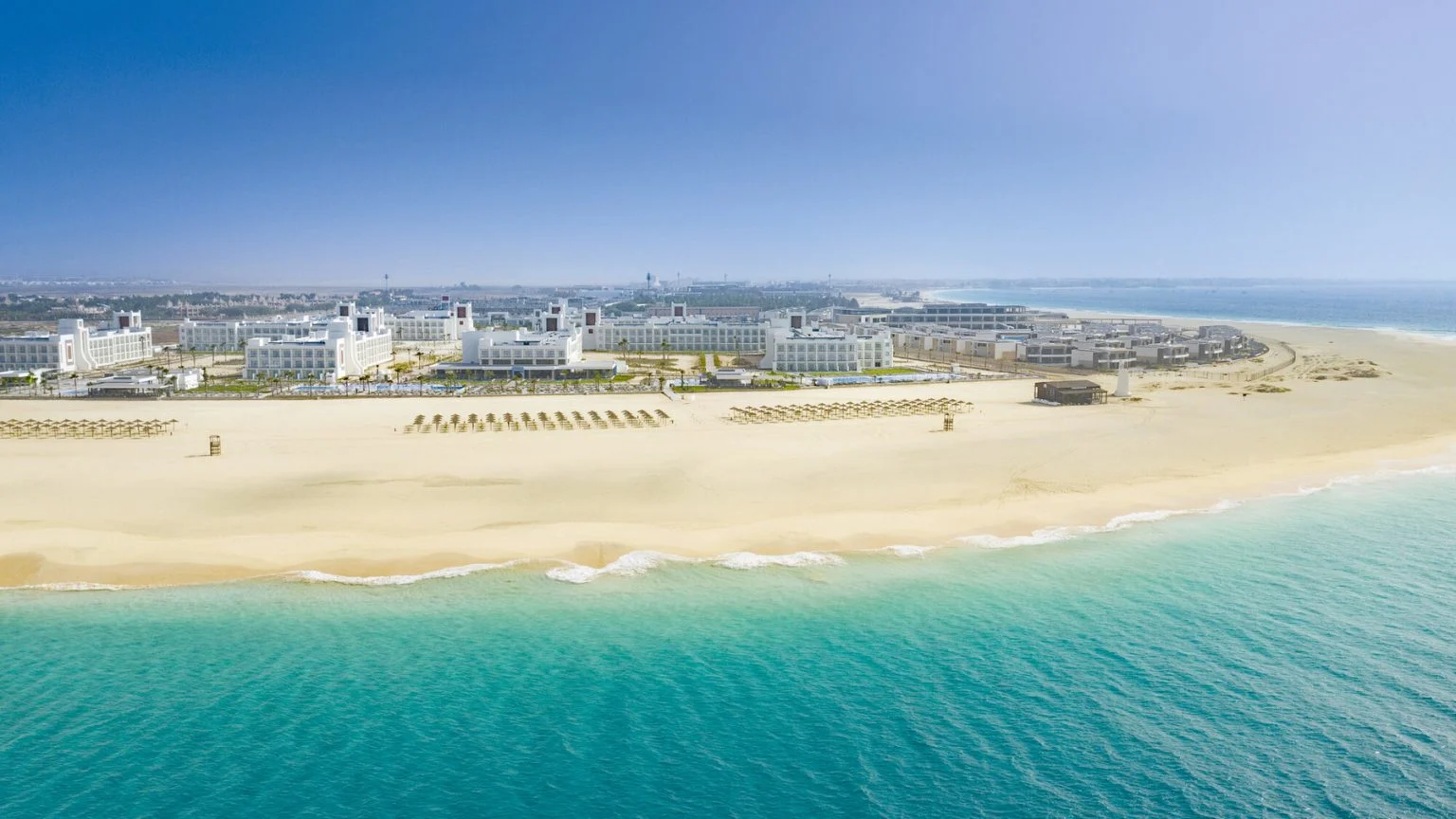
Boutique Hotels and Guesthouses
Mid-range properties offer the best balance for most independent travellers. Hotels charging €50-100 per night typically include breakfast and Wi-Fi, with clean, air-conditioned rooms. Many feature small pools and terraces that compensate for their lack of beachfront locations.
These establishments often represent Cape Verdean-owned businesses, with staff providing valuable local knowledge. The personal service and the authentic cultural insights at properties like Hotel Da Luz or Sobrado Boutique Hotel enhance the travel experience, often giving much more satisfaction than what the large resorts offer.
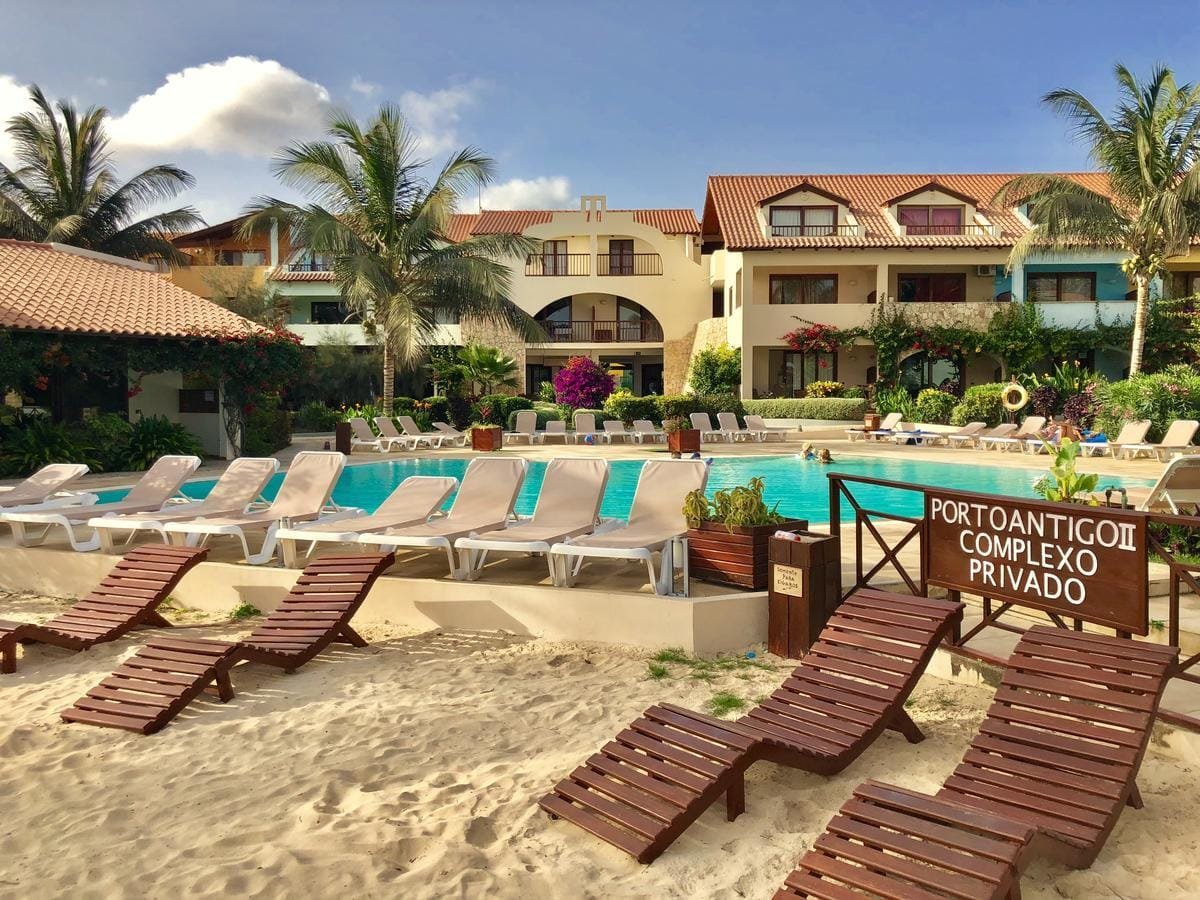
Vacation Rentals and Apartments
The vacation rental market has expanded rapidly, driven by digital nomad interest and the island’s six-month remote working visa program. Studio apartments start around €300 monthly in residential areas. The beachfront properties command €800-1500. Weekly rates typically run 30-40% of monthly prices.
Platform diversity matters when searching for rentals. While Airbnb dominates, local Facebook groups and property management companies often offer better deals. The key lies in booking directly after an initial platform contact to avoid relatively high service fees, which can add 15-20% to the regular price.
Low and High Season and Booking Strategies
Sal’s accommodation prices fluctuate dramatically between high season (November-April) and low season (May-October). Understanding these patterns can save substantial money while improving the experience.
High Season: Winter
Winter months bring steady northeast trade winds, attracting kitesurfers and European sun-seekers. In this period, hotels can reach up to 90% or even 100% occupancy. These rates are peaking during the Christmas and Easter holidays. Booking at least three months ahead becomes essential, particularly for specific property preferences.
Low Season Advantages
Summer offers surprising benefits despite higher temperatures and occasional rain. Hotels drop rates by 30-50%, beaches are empty of crowds, and the ocean warms to 28°C by September. Digital nomads particularly benefit, as monthly rental negotiations become more flexible.
Shoulder Period Opportunities
May and November represent transition months with unstable weather but excellent value. Properties offer promotional rates to maintain occupancy, and the reduced tourist presence allows deeper cultural engagement.
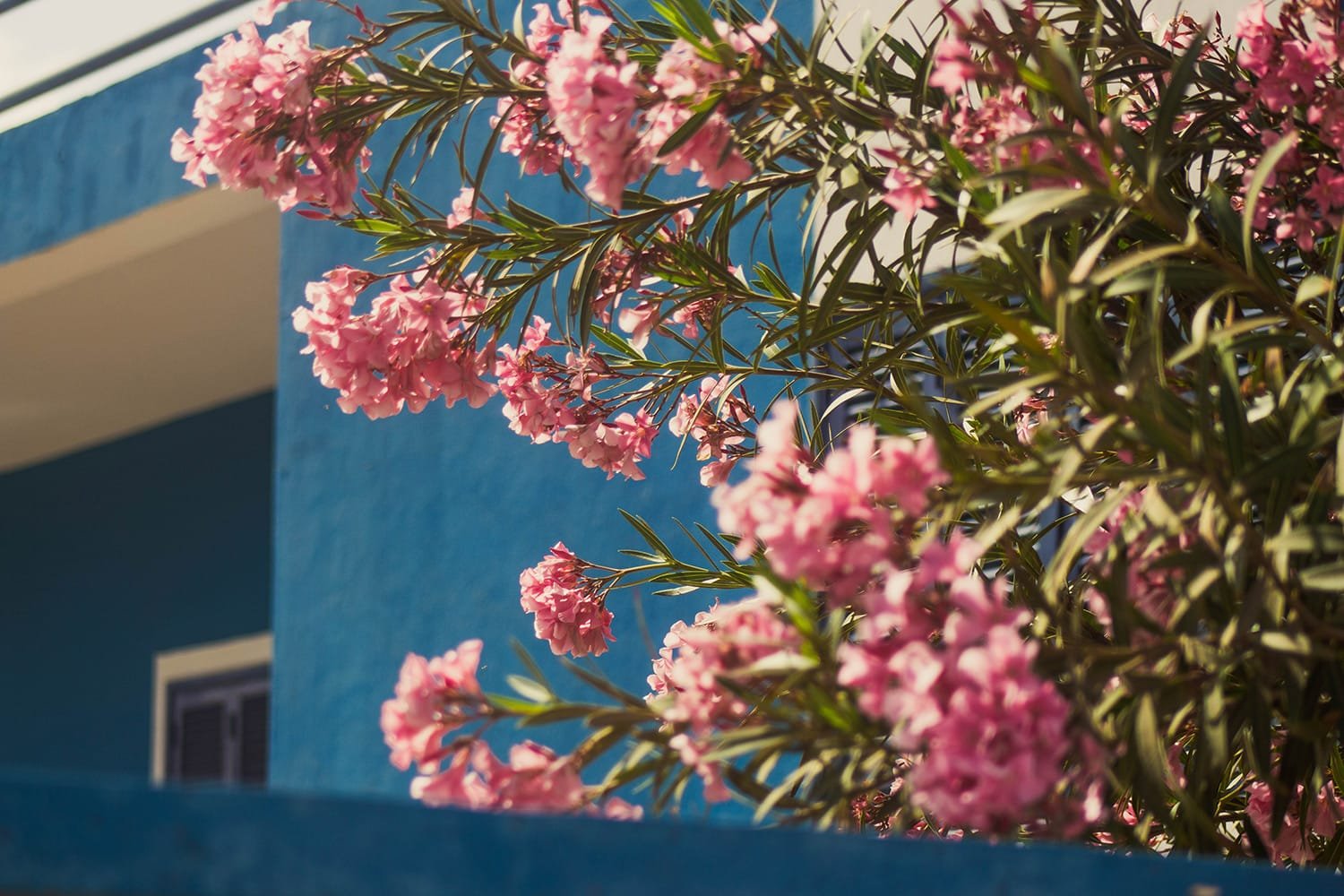

Specific Recommendations for Different Traveller Types
Digital Nomads and Remote Workers
Location priorities shift for those working online. Santa Maria’s eastern areas provide the best combination of space, internet reliability, and value. Look for apartments with dedicated workspaces and good wifi. Avoid beachfront properties where salt air corrodes electronics.
Budget €600-1000 monthly for comfortable accommodation with reliable amenities. Properties advertising fibre internet often deliver 50-100 Mbps, sufficient for video calls. Test connectivity before committing to longer stays, as infrastructure varies significantly between buildings.
Ocean Café and several beachfront restaurants welcome laptop workers during quiet hours, providing a variety of workspaces. However, most digital nomads report preferring home offices due to wind and sand concerns at beach locations.
Read more: Sal Island Accomodation Options for Digital Nomads and Remote Workers
Families with Children
All-inclusive resorts simplify family travel but limit cultural exposure. Consider apartment rentals with pools in residential complexes, which offer safety and space at lower costs. Santa Maria’s town centre provides easy beach access while keeping children entertained with shallow water and gentle waves.
Properties with kitchens prove particularly valuable, as children’s dining preferences might not align with Cape Verdean cuisine’s seafood emphasis. The Agua Hotels Sal Vila Verde complex offers family-friendly apartments with good facilities at moderate prices.
Read more: Families with Children: What’s the Best Place to Stay on Sal Island?
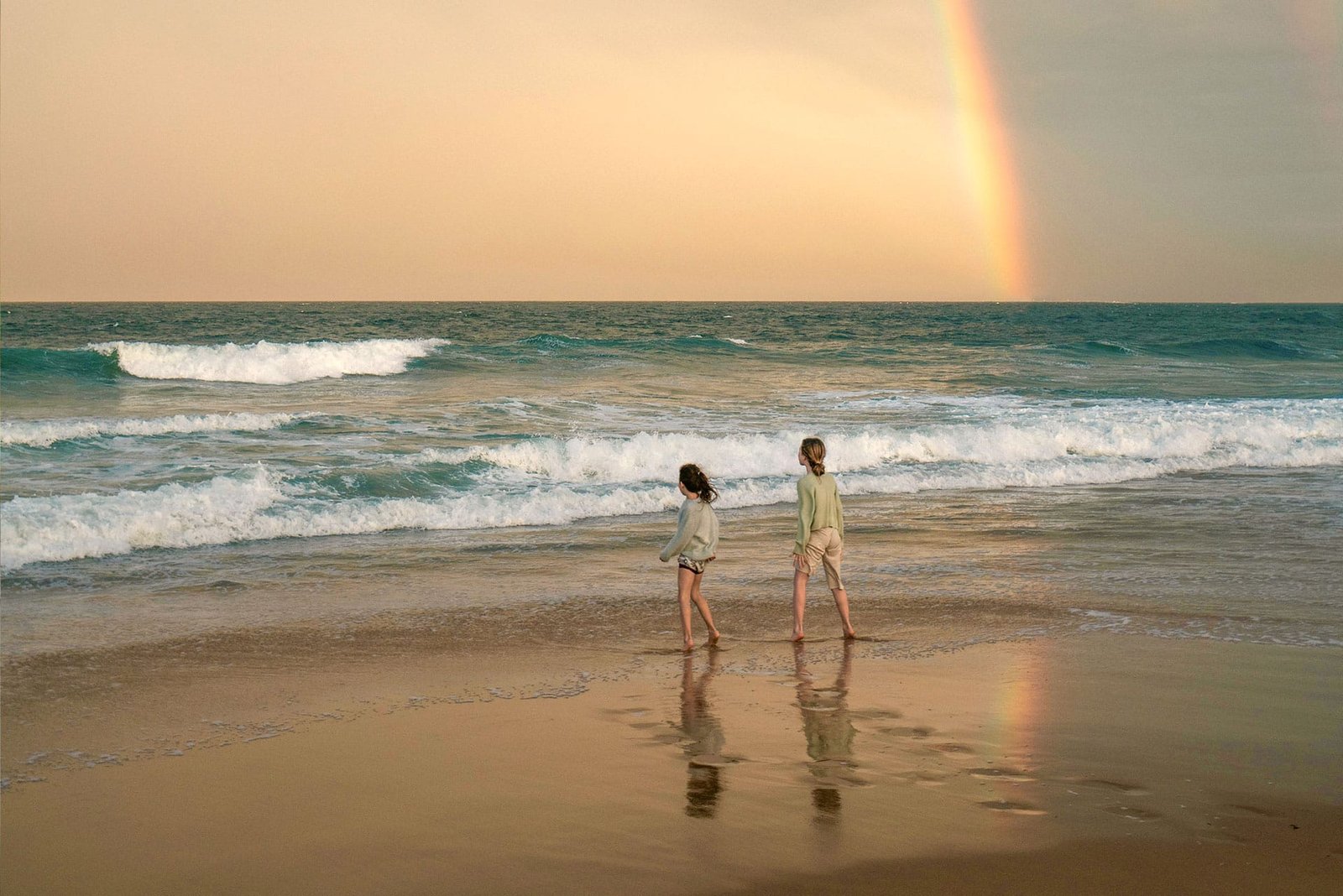
Budget Travelers
Espargos provides the lowest accommodation costs, but factor in transportation expenses. Santa Maria’s inland guesthouses offer better value when considering total trip costs. Shared apartments advertised on local Facebook groups can reduce expenses to €10-15 nightly during the low season.
Consider staying in Murdeira or Palmeira for portions of longer trips, using the savings to explore other islands. Inter-island flights cost €60-120, making island hopping feasible for those who economise on accommodation.
Read more: Sal Island Low-Cost: Accommodation Ideas for Budget Travellers.
Kitesurfers and Water Sports Enthusiasts
Proximity to launch sites matters more than luxury for serious practitioners. Santa Maria’s eastern beaches provide consistent conditions, making nearby accommodation practical despite the distance from town. Several hotels cater specifically to kitesurfers, offering equipment storage and rinse facilities.
Ponta Preta area accommodations put advanced riders minutes from world-class wave conditions. However, beginners should prioritise Santa Maria Bay’s calmer waters and established schools. Budget €100-150 daily for accommodation near prime spots during wind season.
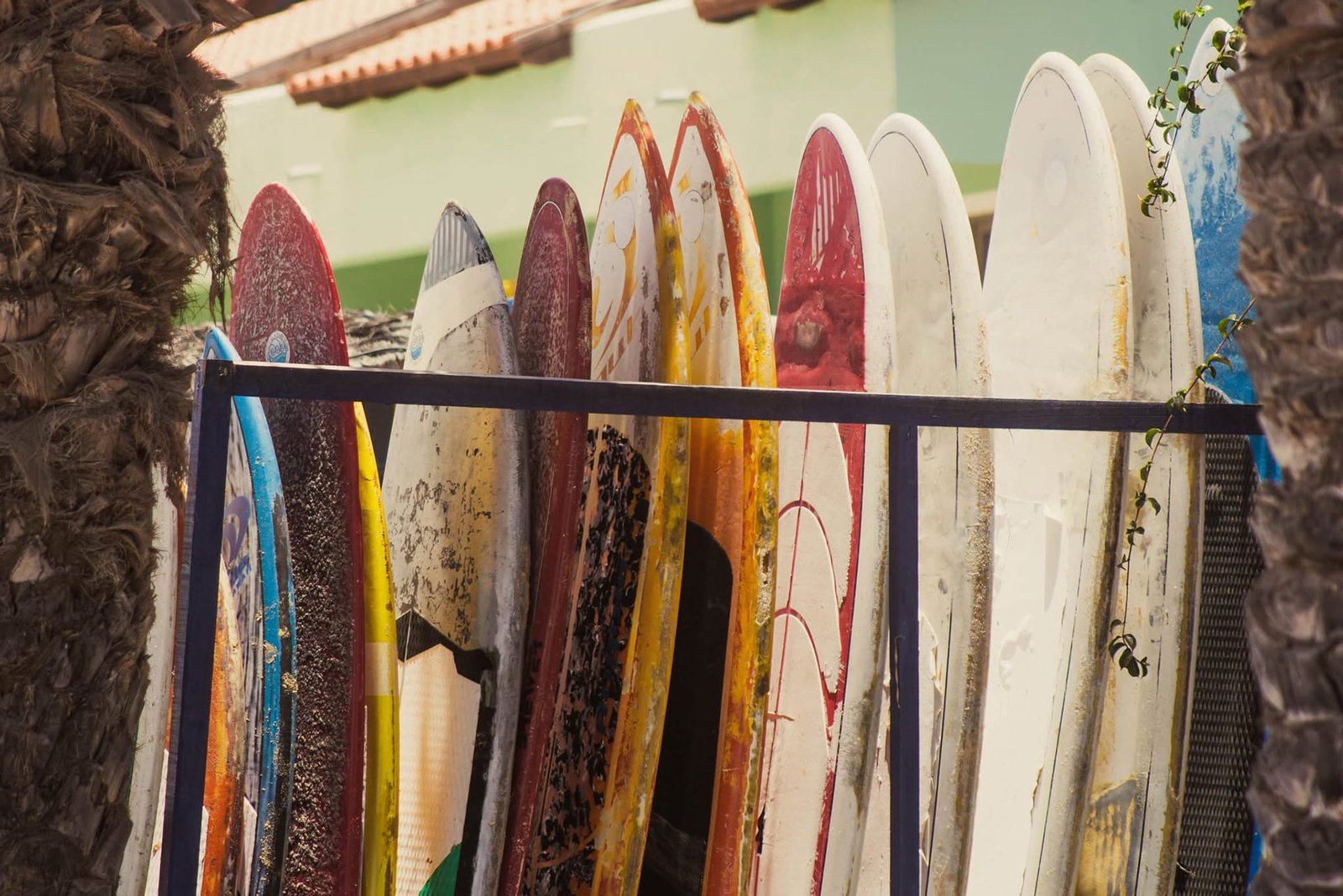
Practical Considerations for Booking
Payment Methods
Many smaller properties prefer cash payments. They often offer 5-10% discounts to avoid credit card fees. Euros circulate alongside Cape Verdean escudos, though the fixed exchange rate is 1 EUR = 110.265 CVE. That fact often makes local currency unnecessary for most transactions.
Airport Transfers
Hotels typically charge around €20-25 for airport transfers, and taxis cost €10-15. Properties in Espargos often include transfers due to proximity. On the other hand, Santa Maria accommodations rarely include this service, because the 20-minute journey represents a profit centre.
Infrastructure Realities
Power outages occur occasionally, particularly during summer storms. Properties with generators command premium prices but provide peace of mind for remote workers. Water pressure varies dramatically; upper-floor apartments often struggle during peak usage.
Cultural Integration
Choosing locally-owned accommodation supports the island economy more directly than international chains. Staff at smaller properties often arrange authentic experiences—fishing trips, local music nights, or family meal invitations — that large resorts cannot match.
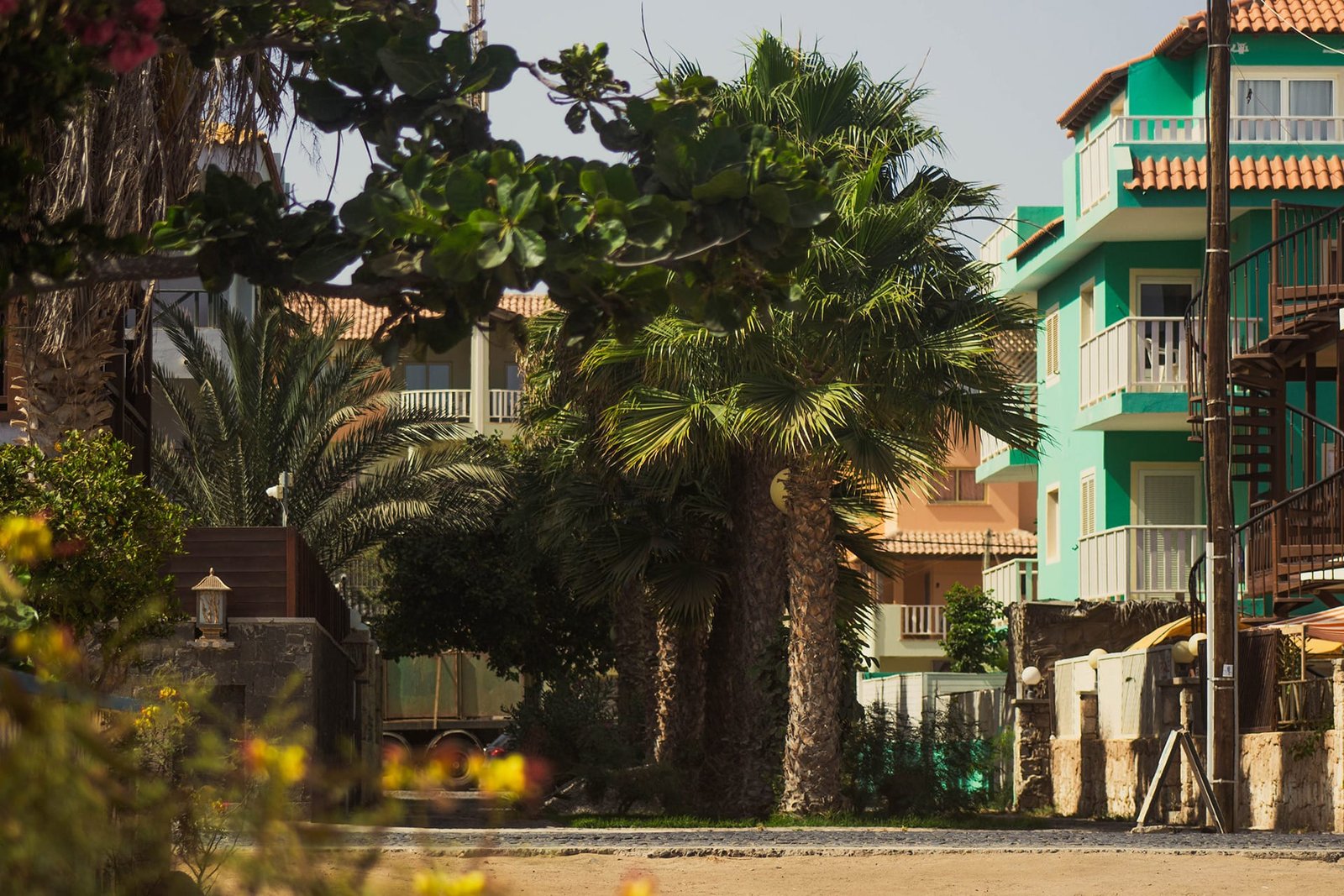
The Bottom Line
Sal Island’s accommodation situation reflects its dual identity — as Cape Verde’s tourism gateway and a living community. Santa Maria’s beach proximity and tourist infrastructure make it a very popular and logical choice for most visitors, but exploring alternatives can enhance both value and cultural experience.
For short visits, Santa Maria’s town centre hotels balance convenience with authenticity. Longer stays benefit from apartment rentals in residential areas, like in Vila Verde, where monthly rates and kitchen facilities offset distance from beaches. Espargos and Murdeira serve specific niches — budget consciousness and tranquillity, respectively — while Palmeira remains an adventurous option for independent travellers.
The key lies in matching accommodation to travel priorities. Those seeking pure beach relaxation find satisfaction in all-inclusive resorts, while cultural enthusiasts discover richer experiences in locally owned guesthouses. Digital nomads requiring workspace and reliable internet gravitate toward modern apartments, and kitesurfers prioritise proximity to launch sites over luxury amenities.
Ultimately, Sal’s compact size means no choice proves irreversible. The island’s dimensions allow easy exploration regardless of base, with taxis providing affordable connections between areas. This flexibility encourages experimentation — perhaps beginning with beachfront convenience before moving to a quieter, more affordable location for extended stays.
The island’s tourism infrastructure continues evolving, with new properties regularly appearing while others adapt to changing traveller preferences. This dynamism rewards flexible travellers who research current options rather than relying on dated recommendations. Whether seeking luxury resort pampering or authentic island life, Sal provides accommodations to match both budget and ambition.
Bibliography
- “Remote Working Program in Cabo Verde.” Visit-caboverde.com
- “Sal – Cape Verde Islands: Tips, holiday and travel information.” Capeverdeislands.org
- CaboWork. “Cape Verde: A Hidden African Treasure for Digital Nomads.” November 2024
- Digital Nomads Guides. “Cabo Verde for Digital Nomads: a Mini-Guide.” April 2019
- Freaking Nomads. “Digital Nomad Guide to Living in Sal Island (Cape Verde).” April 2025
- Simply Cape Verde. “Embrace Island Life: The Alluring Benefits of Cape Verde’s Digital Nomad Visa in 2024.”
- The Digital Nomad World. “The Full Digital Nomad Guide to Sal.” July 2023
- Pictures: Porto Antigo (link), Riu Palace Santa Maria (link) Riu Cape Verde (link)

